Greetings, aviation lovers! Are you prepared to start a thrilling path toward a successful career? If you want to become a pilot, look no further than the United States, an alluring location for Indian students.
Indian students who want to pursue fascinating careers as pilots have recently seen increased interest in aviation. An increasing number of young Indians are looking to the United States as a top location for pilot training because they aspire to fly through the air and travel the globe.
The demand for qualified pilots has never been more remarkable due to the expansion of low-cost carriers, the opening of new routes, and the rising popularity of air travel. Indian students are keen to seek professional pilot training because they are aware of the possibility of gratifying and financially lucrative employment in the aviation industry.
For Indian students looking to start this thrilling journey, the USA, famed for its well-established aviation sector, superior training facilities, and international reputation, provides several benefits.
In this blog, we will look at the opportunities that lie ahead for Indian students in the USA and how the USA can shape your dreams into reality and guide you toward the boundless skies.
Why Choose the USA for Pilot Training Program?
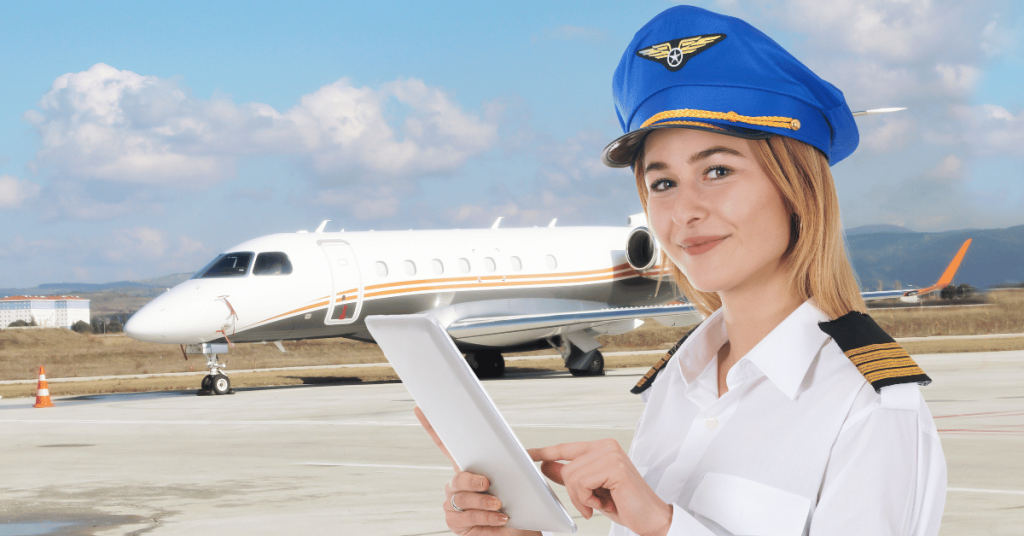
Table of Contents
1. Known as a global hub for aviation education
The United States has established itself as a leading centre for aviation education worldwide when it comes to pilot training. The USA offers a wide range of chances and advantages, from the East Coast to the West Coast and everything in between, which attracts prospective pilots from all over the world, including Indian students like you.
2. Advanced infrastructure and state-of-the-art training facilities
With a history closely tied to the development of flight, the nation has a long history of achievement in aviation education. You can feel secure knowing that if you select the USA, you’ll enter a society that values and upholds the highest standards for aviation education.
3. Diversity of flight training options and specialisations
The United States provides unmatched modern training facilities and advanced infrastructure. Modern aircraft and state-of-the-art technology are featured nationwide in flight schools and training academies, enabling you to train with the most up-to-date tools.
The focus on excellence and innovation guarantees that you receive instruction at the cutting edge of aviation developments, giving you the abilities and understanding required to succeed in your next aviation career.
4. Exposure to a multicultural aviation community
The wide variety of flight training programmes and specialisations distinguishes the USA. The USA has programmes designed to meet your goals, whether you aspire to fly commercial jets, helicopters, or even experimental aircraft.
The American aviation training system provides many options, from private pilot licences to advanced ratings and endorsements, to suit your unique preferences and professional aspirations. This variety enables you to investigate several paths within the aviation sector and discover your specialisation, ensuring that your training aligns with your particular preferences.
5. Networking opportunities and industry connections
The United States offers a vibrant study environment that introduces you to a diverse aviation community. You not only broaden your network by training with peers from various backgrounds and cultures, but you also get crucial interpersonal and cross-cultural skills to help you in your profession.
Beyond the classroom and flight deck, the collaborative environment and exposure to many viewpoints make for a rich and satisfying training experience.
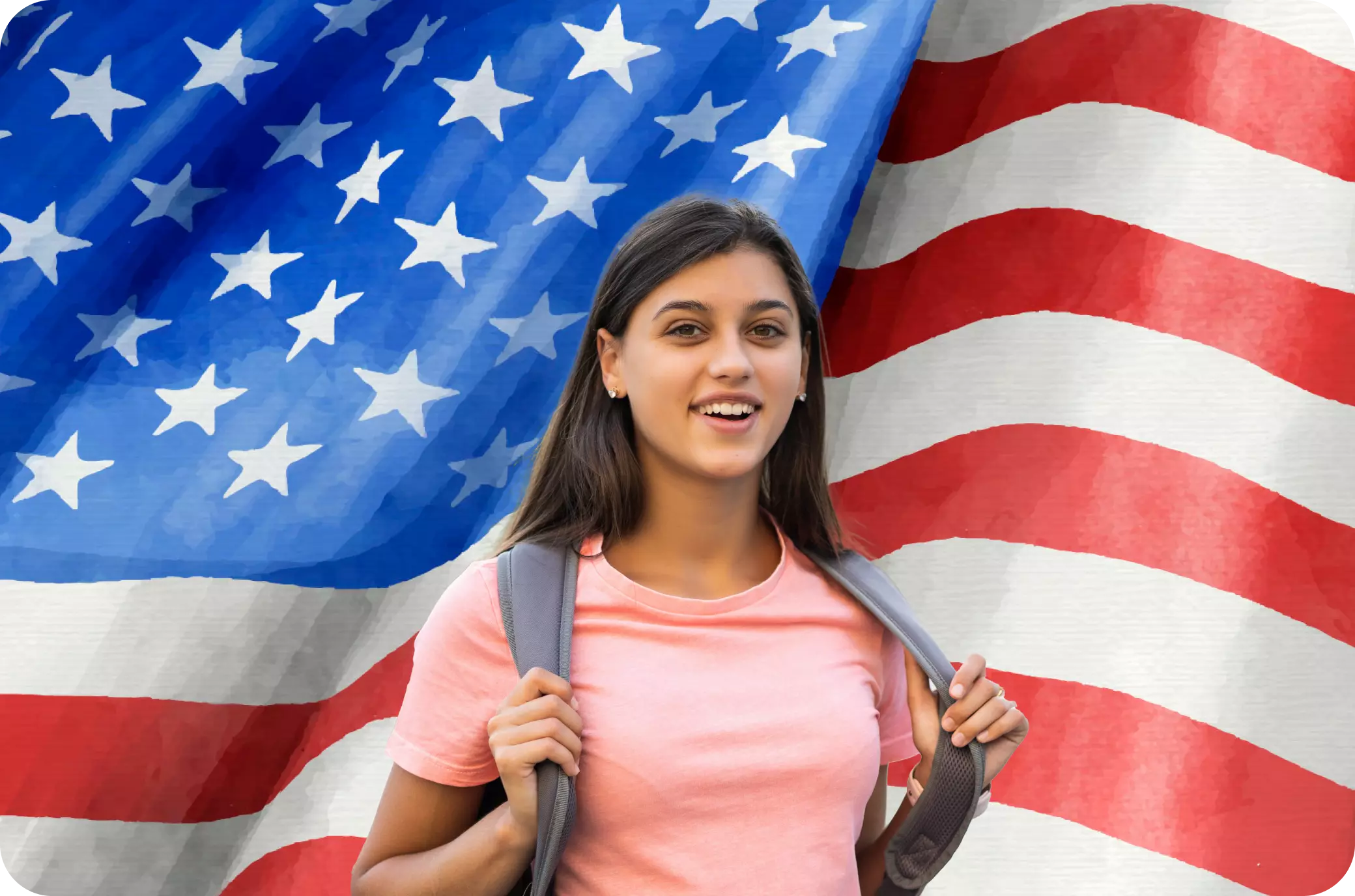

Eligibility Criteria for Indian Students
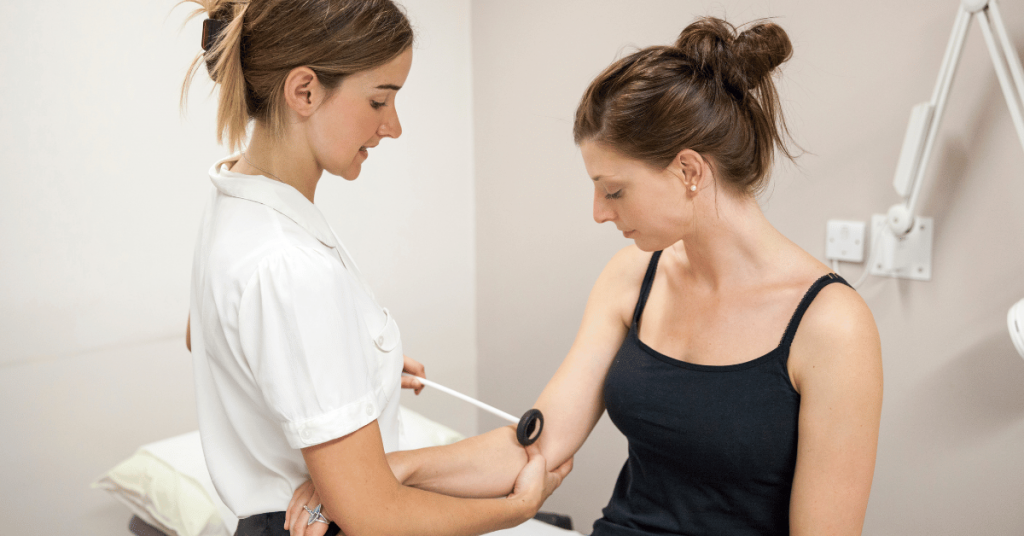
Indian students can confidently take their first steps toward an aviation career by understanding and fulfilling the eligibility requirements. Let’s look at the main criteria that future pilots from India should take into account.
1. Minimum Age
The typical age requirement for beginning pilot training is 17 years old. By requiring candidates to be a specified age, it is ensured that they are mature and prepared to undertake the obligations that come with piloting an aircraft.
2. Educational Qualifications
In the USA, the minimum educational need for pilot training is often a high school diploma or equivalent. This proves a fundamental level of academic competence and provides a solid framework for learning aviation theory.
3. Language Proficiency
English language proficiency is essential for effective communication in the aviation sector. Most flight schools demand that applicants show they have a certain level of English proficiency, generally through passing standardised exams like the TOEFL or the International English Language Testing System (IELTS).
4. Prerequisites
Prior to enrolling in advanced training programmes, students at some flight schools may need to meet specific requirements, such as finishing a predetermined amount of ground school hours or earning a private pilot licence (PPL). Investigating and comprehending the requirements of your preferred flight school or programme is crucial.
5. Medical Requirements
As a physically demanding field, aviation requires prospective pilots to adhere to medical requirements. The FAA mandates that prospective pilots complete an aviation medical examination (AME) conducted by an AME who has received approval from the agency.
Several factors, such as eyesight, hearing, cardiovascular health, and general physical fitness, are evaluated during the medical exam.
The Process of Obtaining a Pilot Licence in the USA
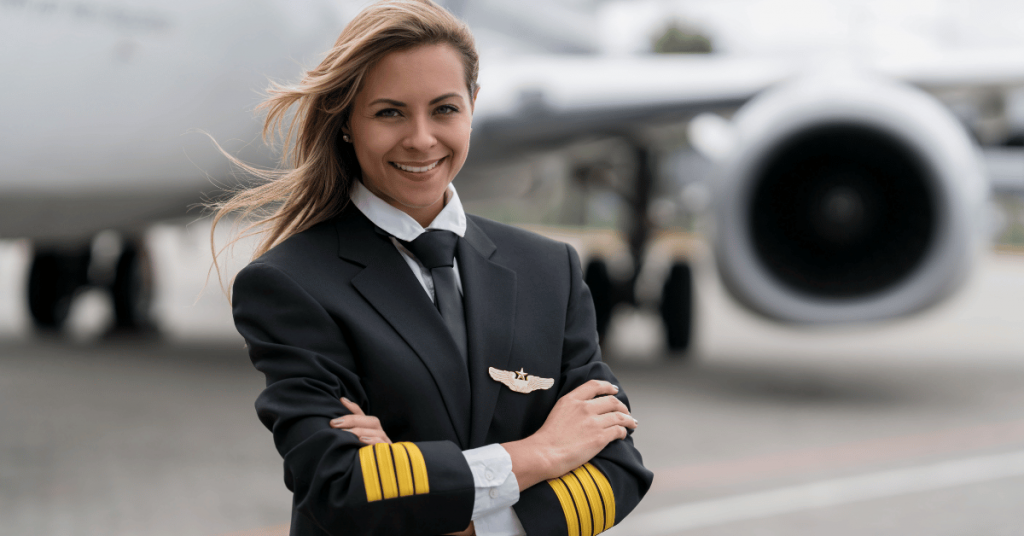
Let’s examine the route that will take you to the skies, from the beginning of training to the last exams.
Step 1: Private Pilot Licence (PPL)
- Getting a Private Pilot Licence (PPL) is the first step in the trip.
- Building a solid foundation of aviation knowledge and essential flying abilities is the primary goal of this stage.
- Your first stop will be Theoretical classroom education on aerodynamics, aviation laws, navigation, and meteorology.
- You’ll have the thrilling chance to take the controls and experience what it’s like to fly in addition to the theoretical instruction.
Step 2: Instrument Rating (IR)
- After receiving your PPL, pursuing an Instrument Rating (IR) is the next step.
- An IR allows you to fly in bad weather while only using the plane’s instruments for navigation.
- Throughout this phase, you will hone your instrument flying abilities, including precise approaches, navigation, and emergency procedures.
- As a result, your safety and adaptability as a pilot will be improved. The emphasis will switch to learning how to master flying purely by using flight instruments.
Step 3: Commercial Pilot Licence (CPL)
- It’s time to go for a Commercial Pilot Licence (CPL) now that you have the basis of a PPL and IR.
- This phase is designed to prepare you for a commercial pilot career.
- You’ll learn the in-depth information and advanced flight abilities required for operations in the commercial sector.
- Precision flying, sophisticated navigational skills, emergency management, and mastery of commercial flight manoeuvres are all stressed during the training.
- The aviation philosophy will also cover topics like flight planning, human factors, and aircraft systems.
Step 4: Flight Hours
- The number of flying hours you accrue throughout your training is crucial.
- Flight hours give you significant practical experience that you can use to improve your flying and comprehend aircraft operations.
- The FAA prescribes a minimum number of flight hours for each license, with additional cross-country, night, and instrument flying requirements.
- With each flying hour, you get closer to mastering aviation and gaining the self-assurance required to fly safely.
Step 5: Theoretical Knowledge Exams
- You’ll need to pass theoretical knowledge exams at several points during your training to demonstrate your grasp of aviation principles.
- These tests evaluate your understanding of laws, aerodynamics, the environment, navigation, and other crucial issues. They cover themes that are pertinent to each licence.
- To advance through the licensing process, you must put a lot of effort into your studies and show that you understand the concepts.
Step 6: Practical Examinations
- Passing practical tests administered by examiners with FAA certification is the culmination of your trip.
- Oral interviews and flight tests are also included in these tests.
- The examiner will evaluate your knowledge, capability for making decisions, flying prowess, and adherence to safety protocols.
- The final step towards receiving your pilot licence is passing the practical tests.

Costs Involved in a Pilot Training Program
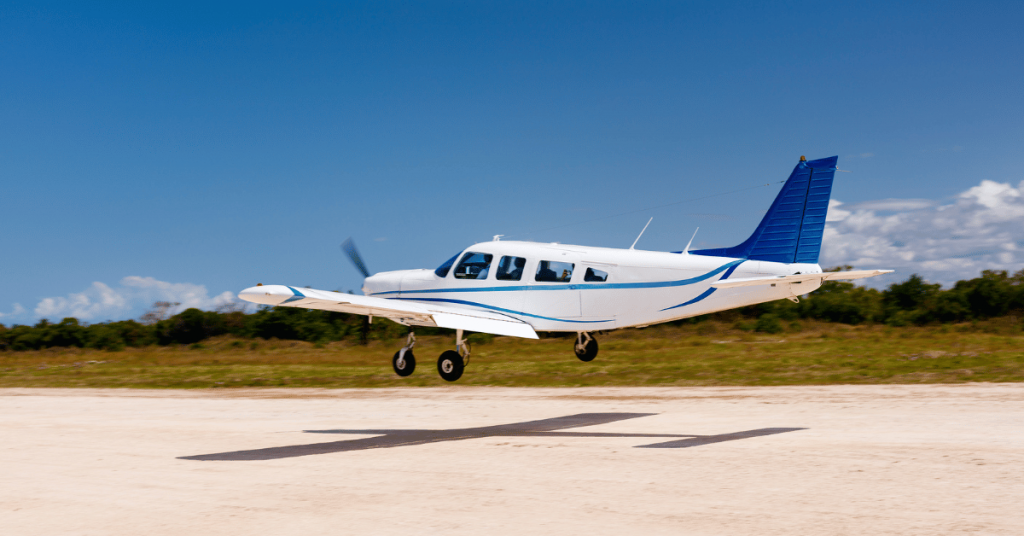
Let’s break down the costs and estimate the overall price, considering the differences between flying schools.
1. Flight Hours
The price of flight hours is one of the most significant costs associated with pilot training. The cost of flight hours might vary based on the aircraft type used, the fuel cost, and the flight school’s charges. Aspiring pilots should budget between $150 and $250 for each hour of flight time.
The flying hours needed for each licence can vary, with the normal range for private pilot training is 40 to 70 hours, and the potential range for commercial pilot training being 250 or more.
2. Ground School and Materials
In addition to actual flight training, ground school, where you learn the theoretical facets of aviation, is a crucial component of pilot training. Depending on the flying school, the ground school might cost anything from a few hundred to a few thousand dollars.
Additionally, you might need to spend money on books, online resources, and study materials, which will raise your costs by several hundred dollars.
3. Written and Practical Exams
You will need to pass both the written and practical exams to get your pilot’s licence. Depending on how many examinations are necessary for your particular licence, written exams typically cost $150 to $200 each. Additional fees that depend on the examiner’s rate and the exam length apply to practical exams by FAA-certified examiners.
4. Medical Certification
An FAA-approved Aviation Medical Examiner (AME) must conduct the medical examination of prospective pilots. Depending on where it is performed and how complicated it is, a medical examination may cost between $100 and $200.
5. Accommodation and Living Expenses
Consider lodging and living expenditures if you pursue pilot training outside your area. These prices can vary greatly depending on where the flying school is located and how much it costs to live there.
When creating a budget for your training time, it’s crucial to account for costs like lodging, food, transportation, and other daily expenses.
Popular Destinations for Pilot Training in the USA
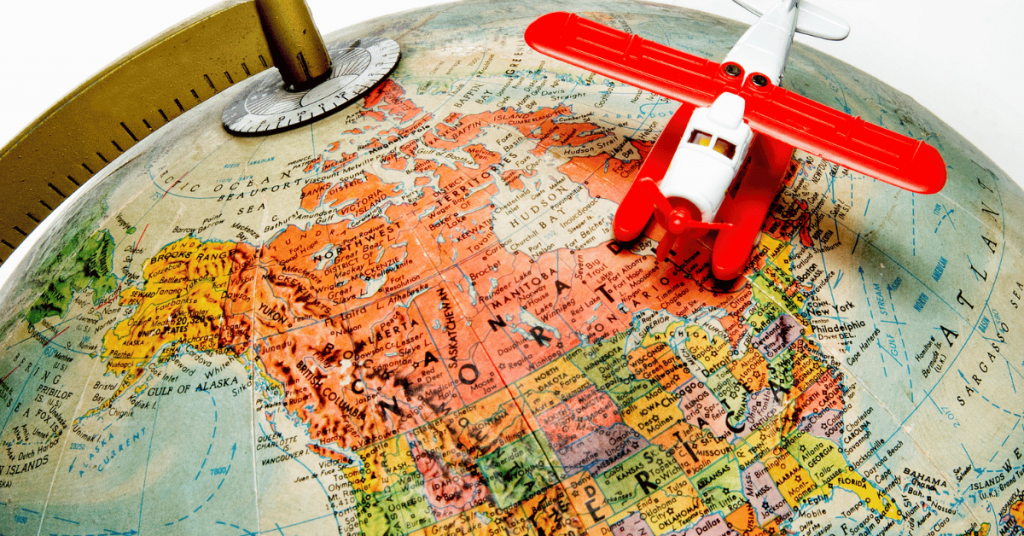
The USA is home to several well-known places for pilot training, each providing unique benefits to would-be aviators.
- Florida is notable for its great weather and a wide variety of aviation schools, including Embry-Riddle Aeronautical University.
- California is desirable because of its varied landscapes and well-known organisations like Pan Am International Flight Academy.
- Clear skies and reputed institutions like ATP Flight School lure students looking for top-notch instruction to Phoenix.
- Texas is home to a booming aviation sector and flight training facilities like CAE Oxford Aviation Academy.
- Colorado’s rugged landscape and institutions like Western Air Flight Academy offers specialised training alternatives for a picturesque experience.
Scholarships and Financial Aid
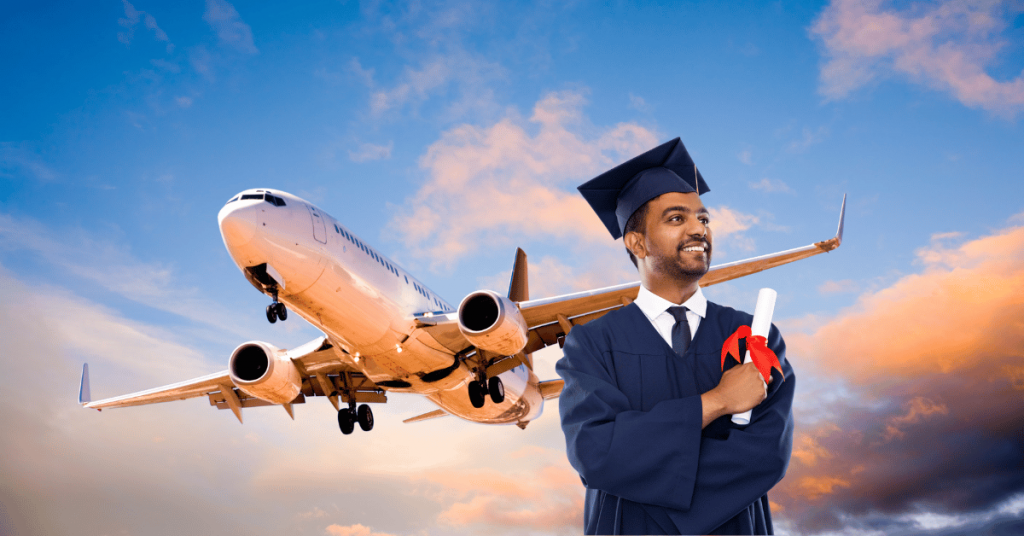
Let’s look at several organisations and institutions that provide money for pilot education and talk about how to apply and meet the scholarship requirements.
1. Aviation Organizations and Associations
For aspiring pilots, in particular, many aviation organisations and associations offer scholarships. The Experimental Aircraft Association (EAA) and the Aircraft Owners and Pilots Association (AOPA) are two examples.
These organisations give qualified candidates financial aid or scholarships that help pay for a portion of the costs of flying training.
2. Flight Schools and Training Institutions
Several flying schools and training facilities have established scholarship programs to assist students in following their dreams of becoming pilots.
These financial aid packages might cover the entire cost of flight training or only a portion of the tuition.
It is advisable to look into the USA’s aviation schools and training facilities and ask about any available scholarships.
3. Government and Nonprofit Organizations
Government bodies and charitable organisations may provide scholarships and financial help for aviation education, including pilot training.
These initiatives frequently aim to aid students from various backgrounds and give disadvantaged or worthy people a chance to succeed.
Reviewing each program’s exact requirements is vital because the qualifying restrictions and application process for these scholarships can differ.
4. Indian Government Scholarships
For students seeking higher education overseas, including aviation-related programs, the Indian government may provide financial aid or scholarships.
Students can look into the scholarship opportunities offered by organisations like the Indian Ministry of Civil Aviation or the Ministry of External Affairs.
Unlock a new promising journey!
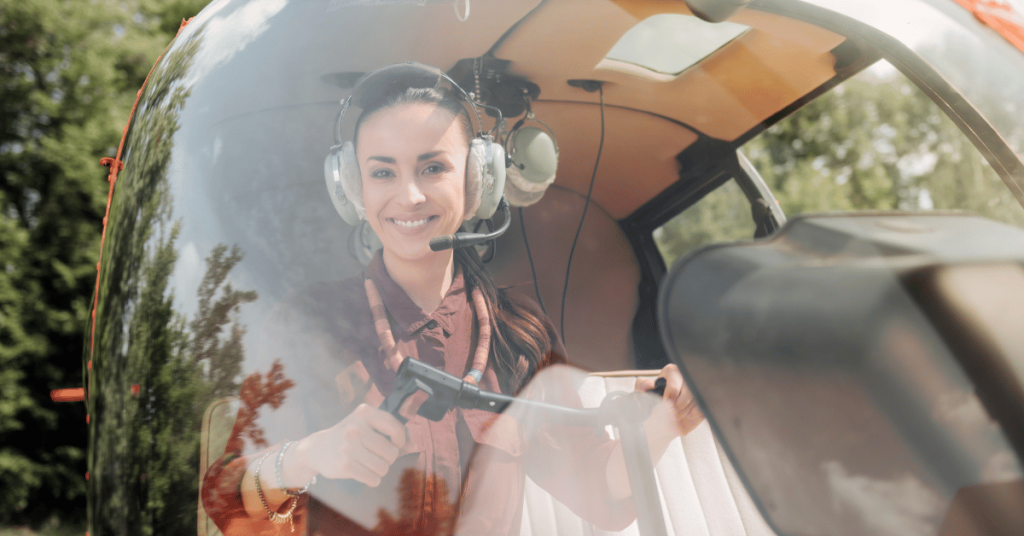
In the end, this article gave a general summary of pilot training in the United States for Indian students, highlighting the benefits it provides. The USA is well known for its reputation in aviation education, cutting-edge facilities, and a wide range of training alternatives. We discussed the prerequisites, the step-by-step procedure for getting a pilot’s licence, the importance of flight hours, and tests.
The costs of becoming a pilot were investigated, along with well-known training locations and renowned flight schools. And, details on financial aid and scholarship opportunities were given.
It is advised that Indian students do further research and talk to expert counsellors before deciding whether to pursue their dreams of becoming pilots in the USA.


Frequently Asked Questions
Q. How long does becoming a licensed pilot in the United States take?
A. The amount of time needed can change based on the dedication of the person, their training regimen, and the weather. A private pilot licence can be obtained in an average of 6 to 12 months.
Q. Can I transfer my flight hours from another nation to the United States?
A. When the FAA has evaluated them, flying hours accumulated in another nation may occasionally be transferable. It is advised to speak with the relevant flying school and the FAA to find out about specific requirements and procedures.
Q. Do there exist any post-training job placement aid programmes?
A. After a student has completed their pilot training, certain flight schools may provide career services or help with job placement. When looking at flying schools, it is essential to enquire about these services.





Comments (0)